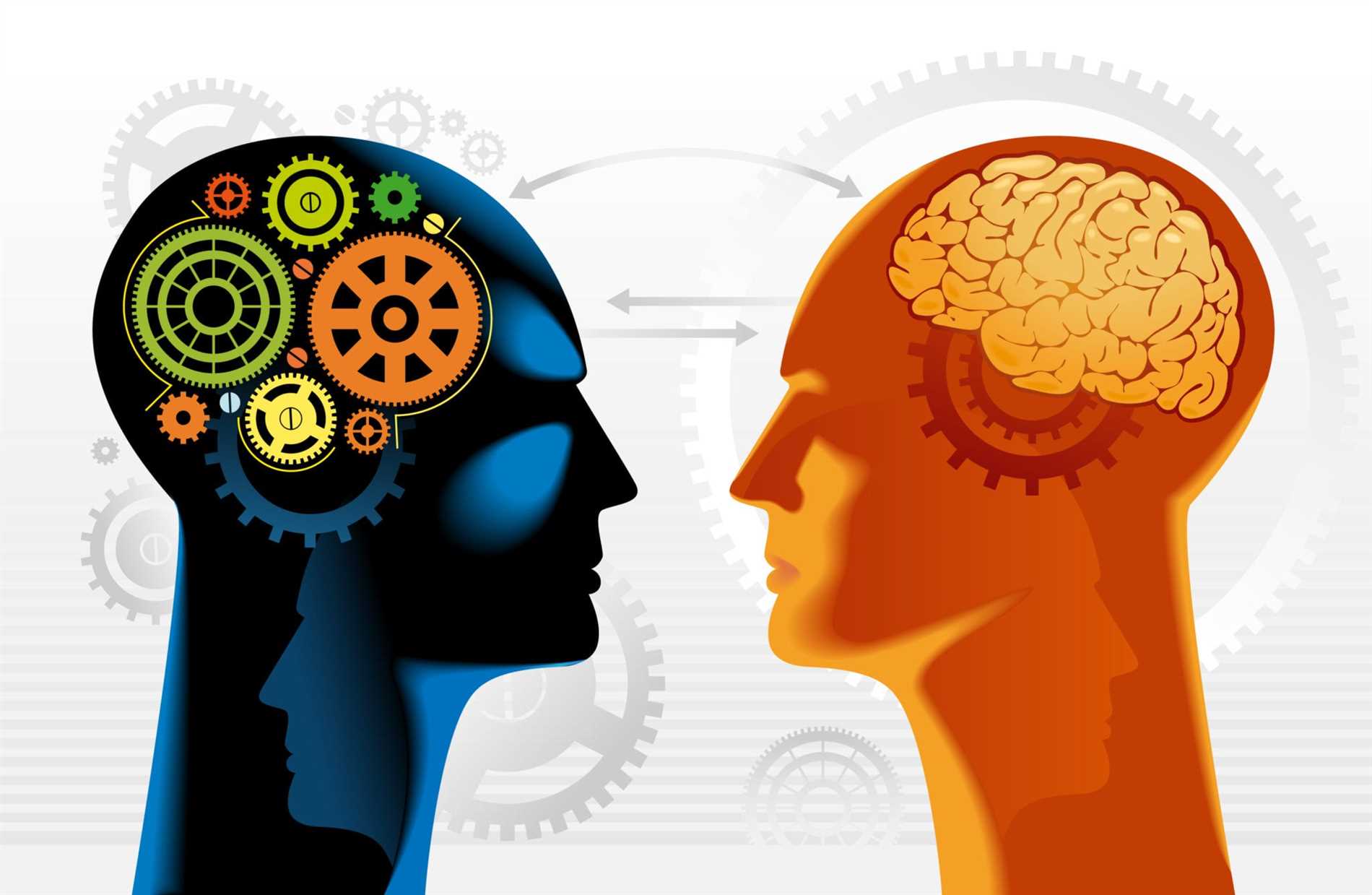
Natural language processing (NLP) has become an important part of many areas of the economy, revolutionizing the way we deal with computers and machines NLP has made tasks such as language translation, sentiment testing, and chatbot development more accurate and efficient. However, implementing an NLP system can be a daunting task requiring extensive computing power and skills.
Fortunately, a new cloud application has been discovered that hopes to simplify the process of implementing NLP models and applications. Literally called NLP Cloud, the application provides manufacturers and companies with a comfortable platform to quickly integrate NLP options into their own systems. The application eliminates the need for difficult adjustments to the infrastructure, allowing manufacturers to focus on the key positive potential of the application.
Natural Language Processing is Understood

Natural Language Processing (NLP) is considered a subarea of Artificial Intelligence (AI) that focuses on the cooperation between computers and human language. It aims to enable computers to recognize human language, interpret it in a meaningful and necessary way, and generate it.
NLP technology has improved significantly in recent years with the development of large-scale language models and the availability of large amounts of textual data. These successes have led to the creation of powerful passive NLP applications that are revolutionizing the way people deal with computers.
There are several key components to understanding natural language processing, including
- Language Understanding: NLP algorithms are trained to analyze and interpret spoken and written speech. This includes tasks such as entity recognition and some speech markup named syntactic analysis. By understanding the structure and meaning of sentences, NLP models can extract valuable information.
- Language Generation: NLP models can also generate human text based on specific inputs or instructions. These models combine language concepts with creative generative techniques to produce consistent context-relevant responses.
- Sentiment Analysis. Sentiment analysis is a specific application of NLP that focuses on determining the mood or emotional tone of a text. This helps understand customer feedback, social media sentiment, etc.
- Machine version: allows translation of text from one language to another using the NLP model. Machine translation has made considerable progress in recent years, especially with the development of transformer-based models.
- Question answering: NLP models can learn to answer questions based on a specific context or passage of text. This involves understanding the question, extracting relevant information, and producing a concise and accurate answer.
To perform these tasks, NLP models use a variety of methods and algorithms, including machine learning, deep learning, and statistical analysis. These models require large amounts of marked data to be able to train effectively and are usually refined for a specific task or domain.
The development of cloud-based NLP applications has made it easier for developers and companies to access and use the powerful potential of NLP. Using cloud infrastructure, these applications can efficiently handle complex language processing tasks without the need for expensive computer sources.
In general, in today’s data-driven world, it is important to understand natural language processing. Intelligent systems, chatbots, virtual assistants, and other applications that can effectively communicate with users and provide valuable information from large amounts of text data can be built.
Principles of Natural Language Processing Fun
Natural Language Processing (NLP) is a subarea of Artificial Intelligence (AI) that focuses on the interaction between computers and human language. The goal is to have computers understand, interpret, and generate human language computers.
At the core of NLP is the application of computer technology to process and analyze large amounts of data in natural language. This data can take many forms, including text documents, sound recordings, and even video transcriptions; NLP algorithms and models are designed to extract relevant information, identify patterns and relationships, and generate understanding of this data.
To understand and interpret natural language, NLP algorithms rely on a combination of linguistic rules, statistical models, and machine learning techniques. These techniques help computers recognize and understand sentence structure, word meaning, and the overall context of a text passage.
One of the most important issues in NLP is dealing with the ambiguity and variability of human language. Words and sentences can have multiple meanings and the same concept can be expressed in different ways. Furthermore, language is constantly evolving and new words and expressions are constantly being introduced; NLP algorithms must be able to address these challenges and adapt to the changing nature of language.
To meet these tasks, NLP algorithms use a variety of techniques, including
- Tokenization: splitting text into individual words, sentences, or sentences.
- Part of speech tagging: grammar labels assign words based on their role in the sentence (e.g., nouns, verbs, adjectives).
- Named Entity Recognition: identifies and categorizes appointed entities such as people, organizations, places, etc. in a text.
- Emotion analysis: identifies the emotion or emotional tone of a text (e.g., positive, negative, neutral).
- Machine Translation: Translate text from one language to another.
- Information Extraction: identifies and extracts specific information from text (e.g., data, names, locations).
- Question answering: generates answers to questions based on specific text passages.
In general, NLP plays an important role in a wide range of applications, including chatbots, virtual assistants, tools for sentiment analysis, and language retaliation services. using the power of NLP enables computer systems to communicate and understand human language, making human-machine leading to more efficient and effective interactions between people and machines.
Leave a Comment